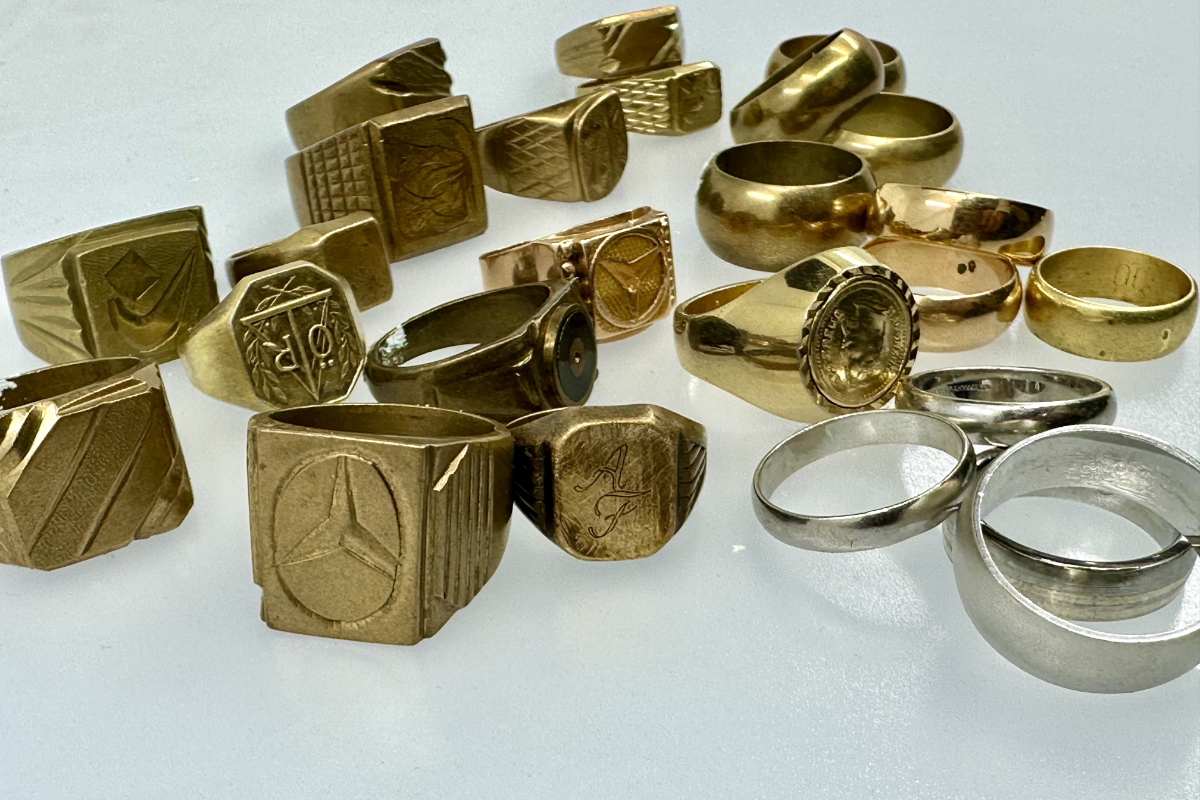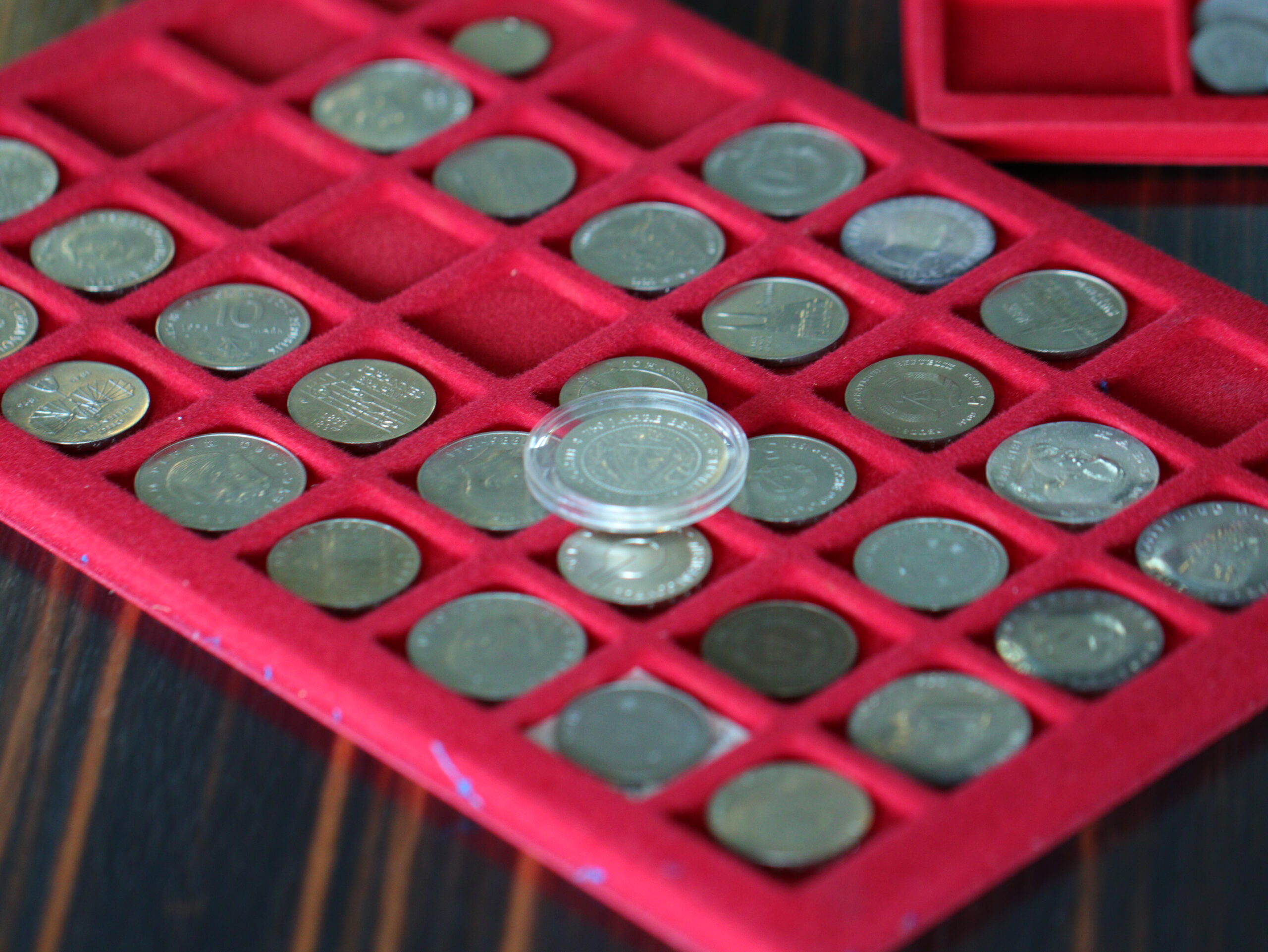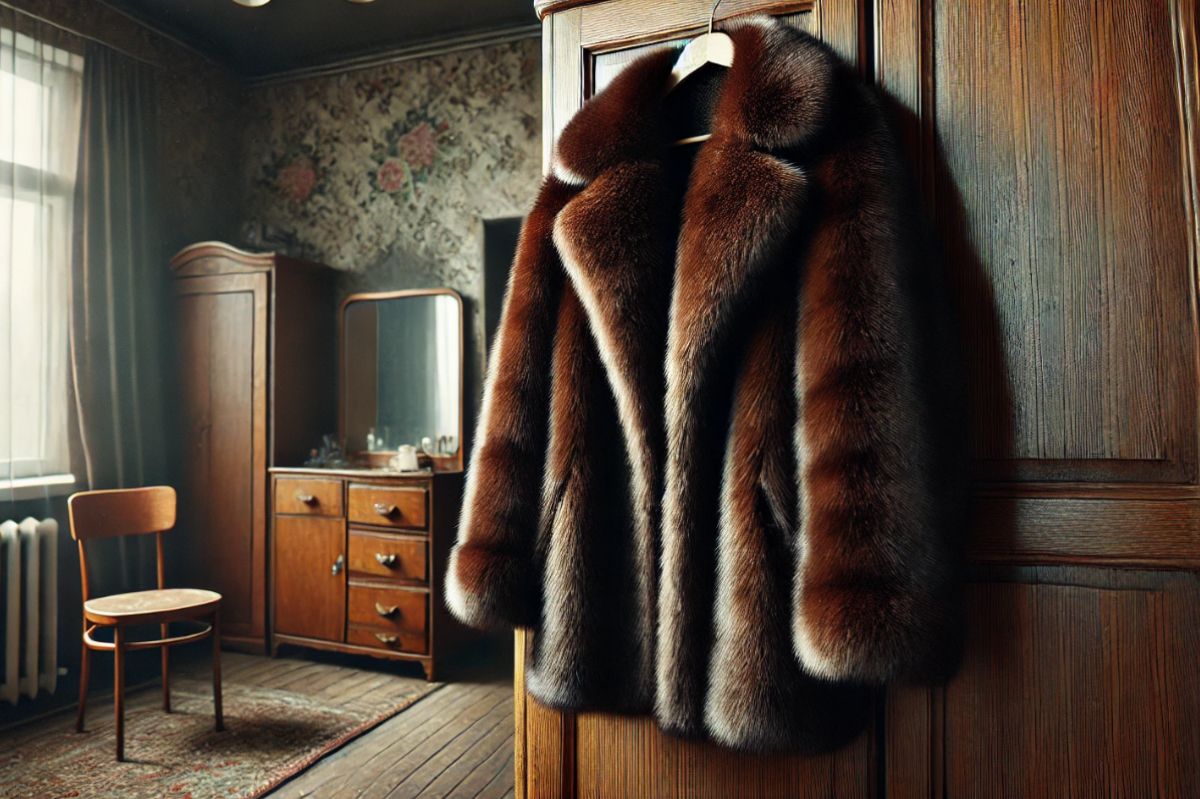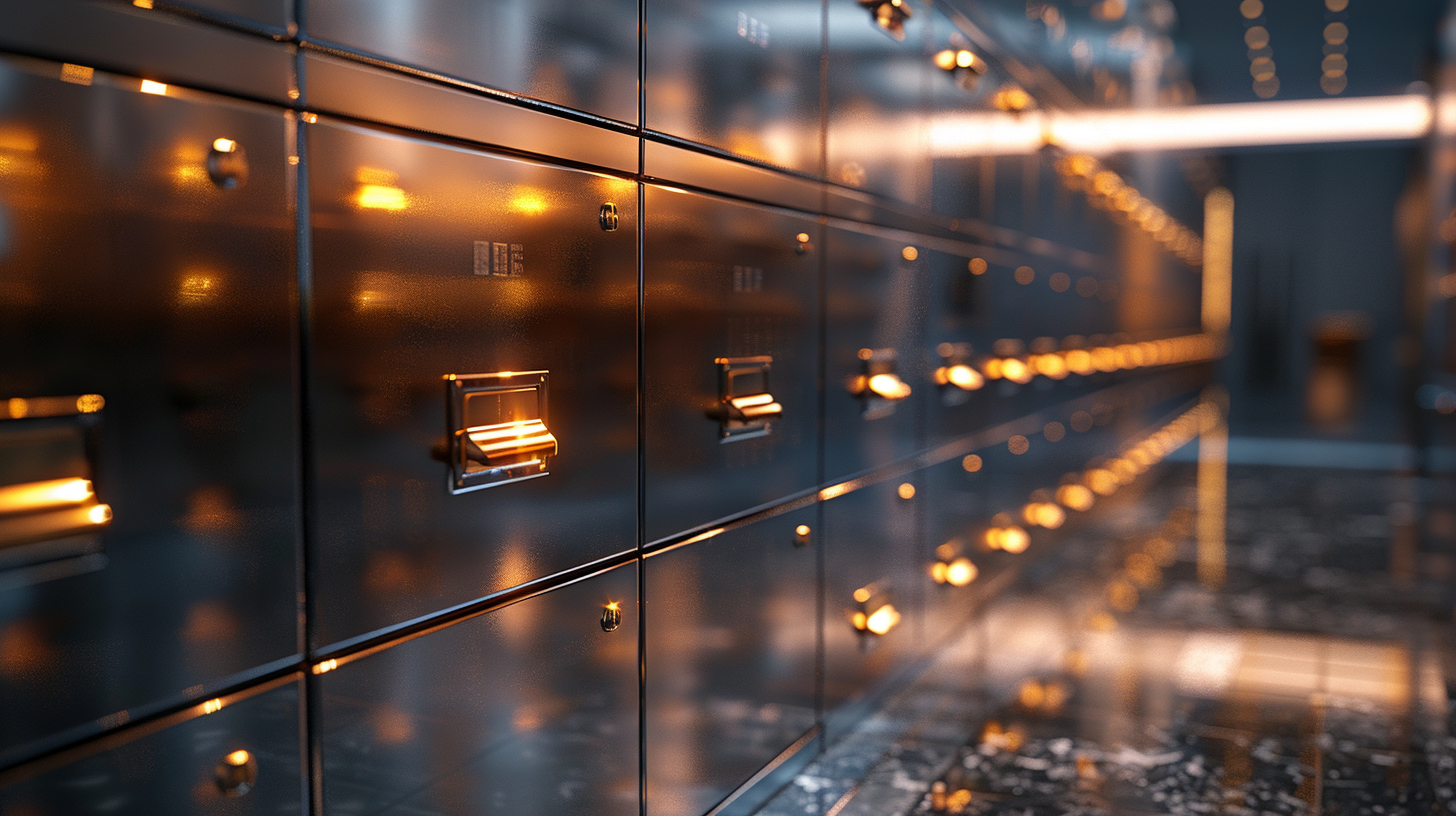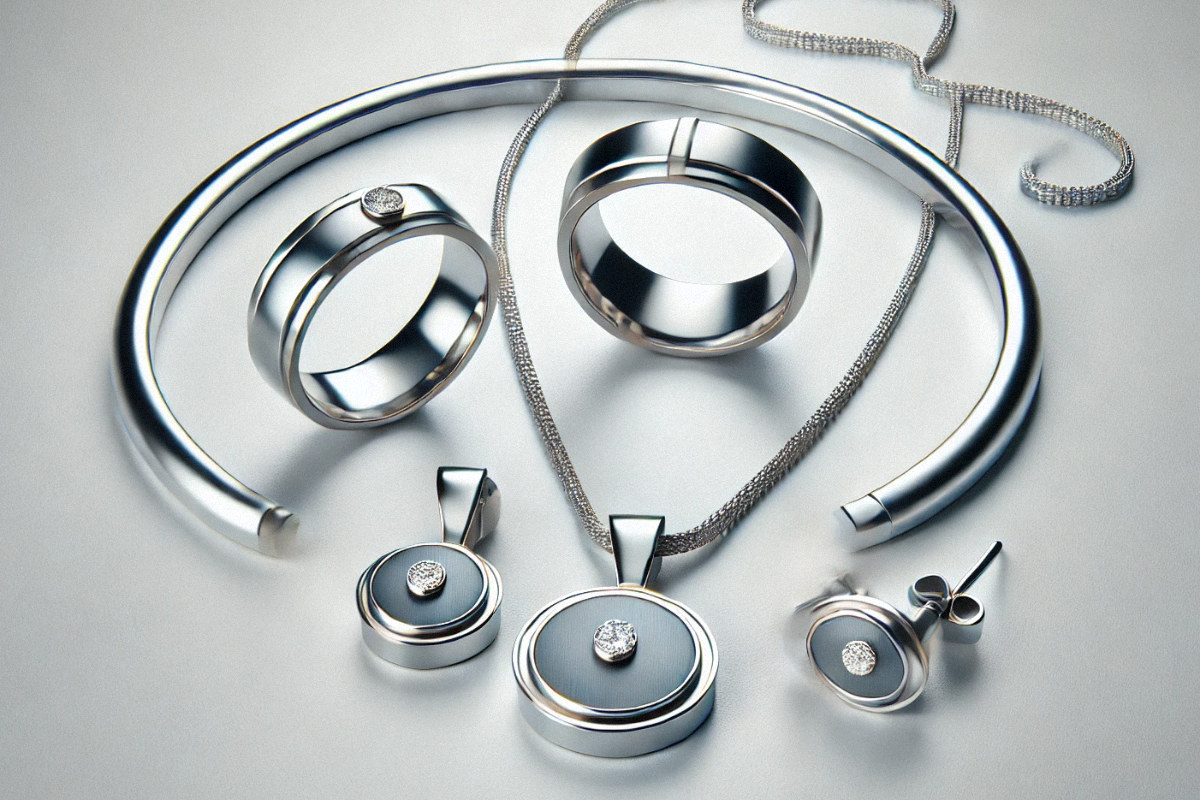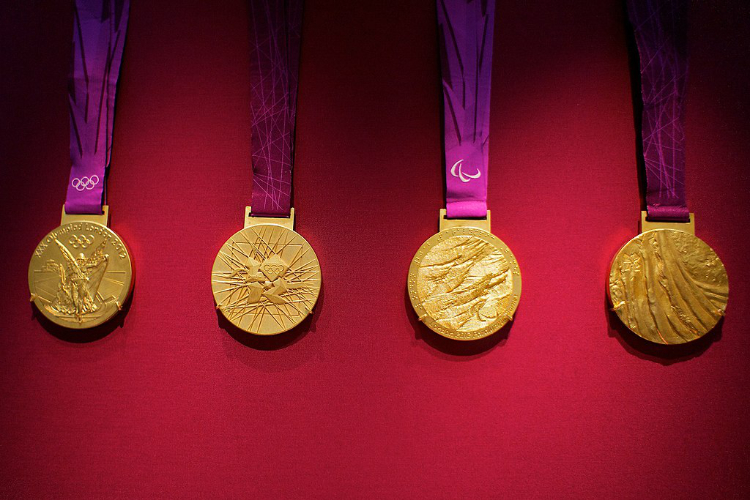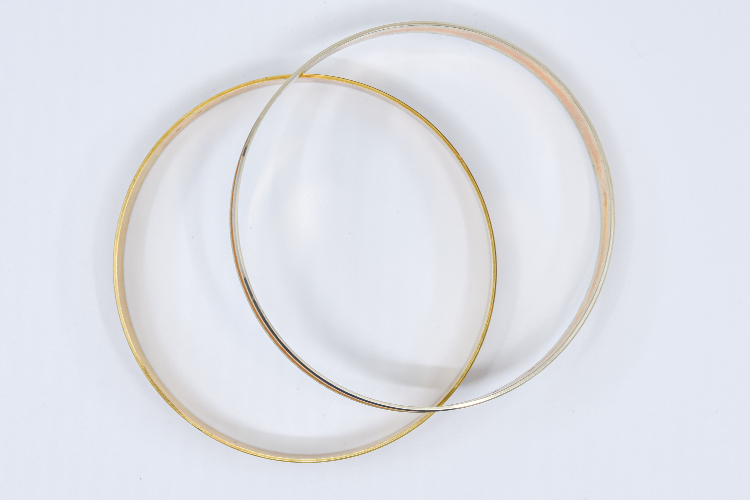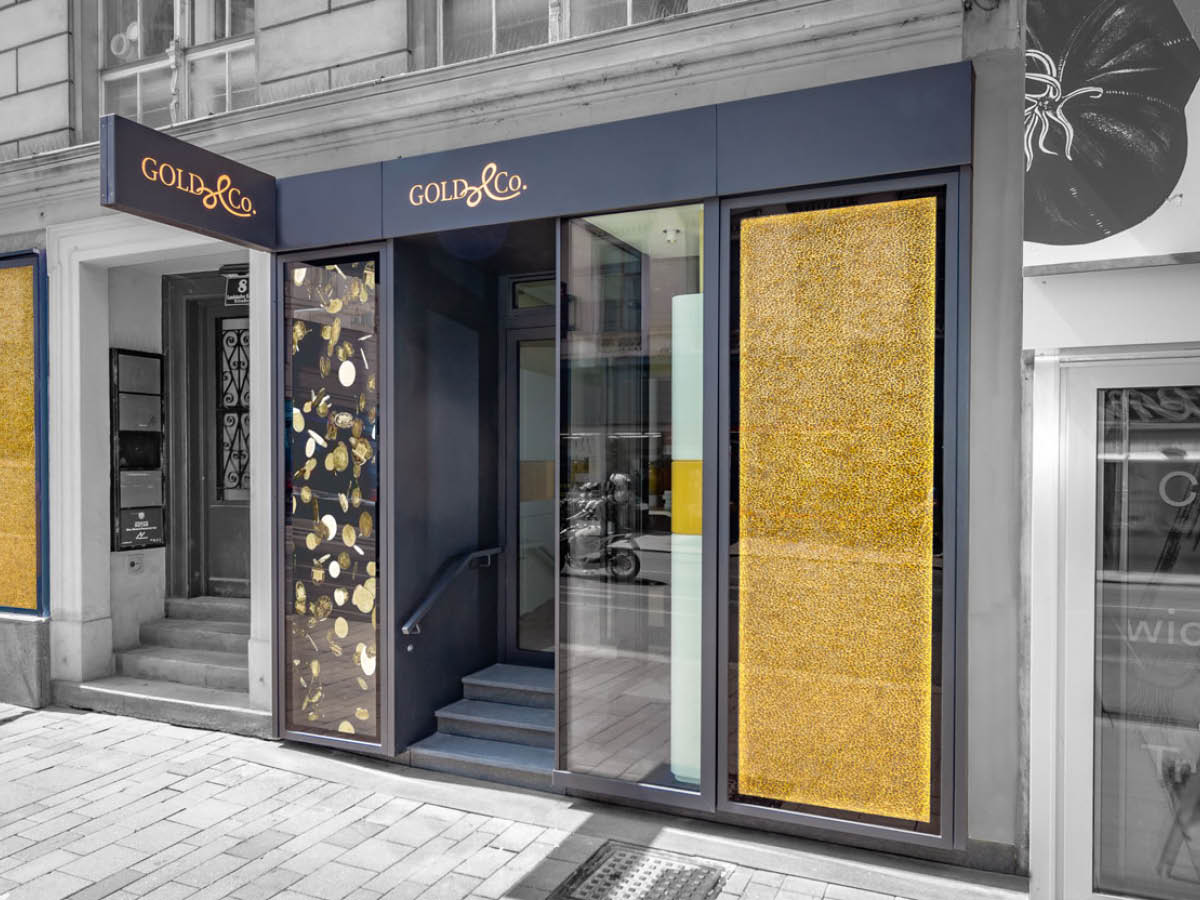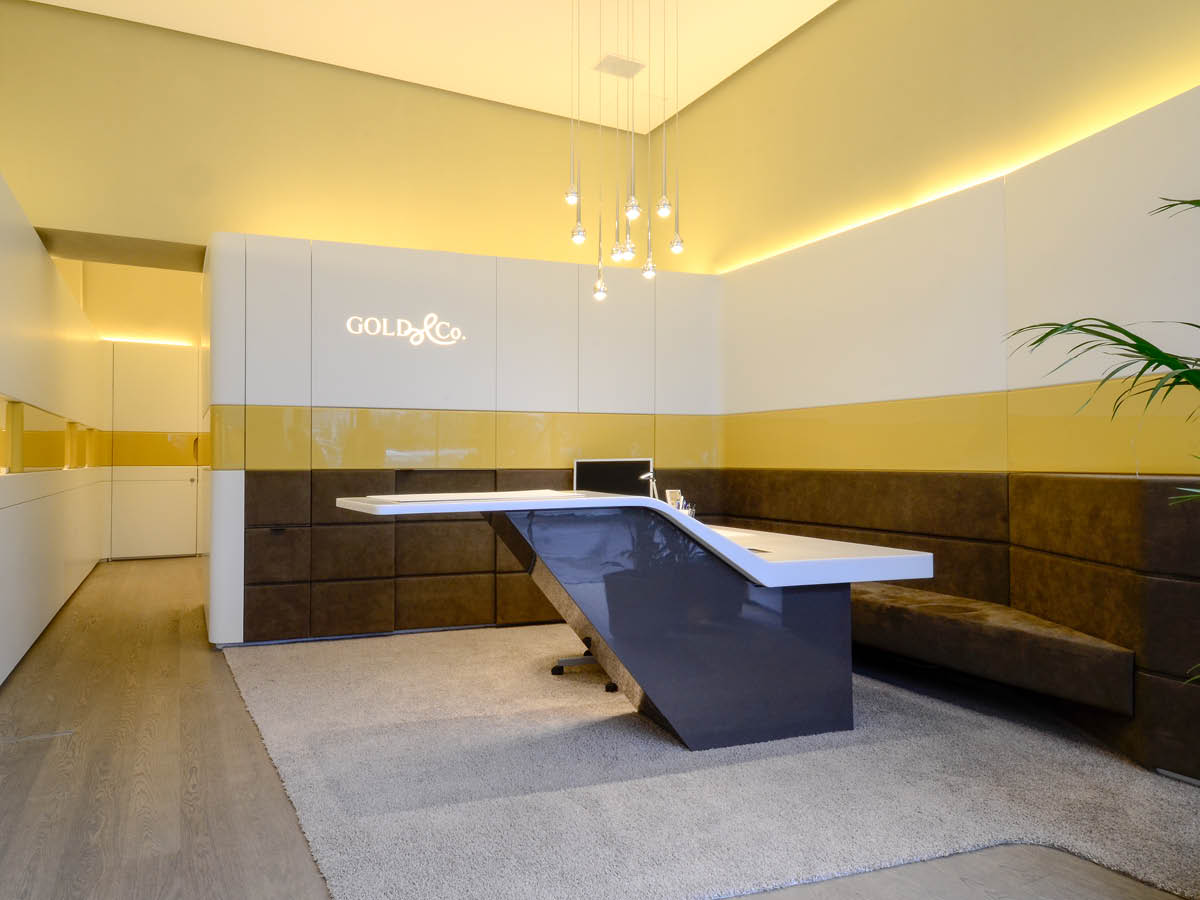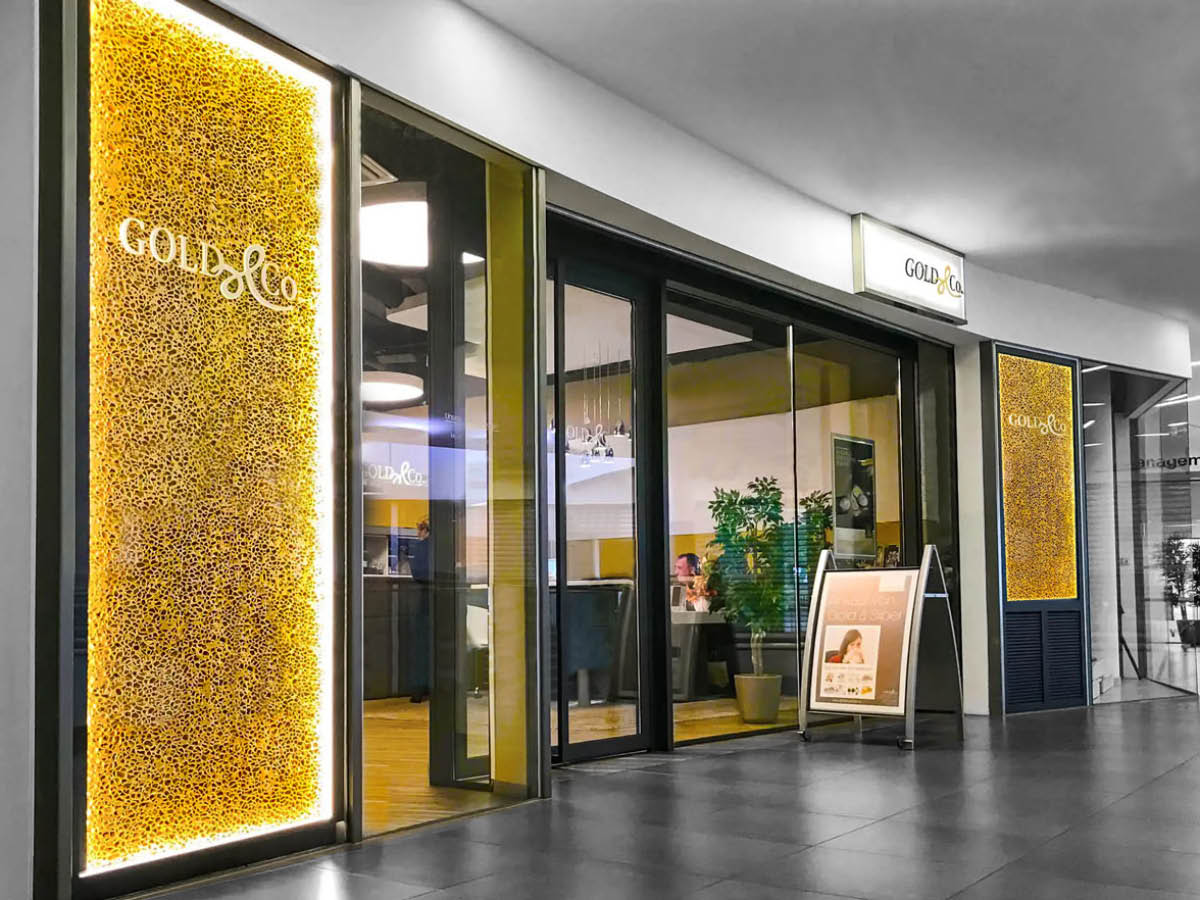
Medals and coins - what's the difference?
Medals and coins are often not so easy to tell apart. Both are round, embossed on both sides and made of metal. Medals can be recognized by the fact that they must be stamped with a fineness and often also a responsibility mark. This is not the case with coins, which were minted by a state mint and usually also have a nominal value in the currency of the country of manufacture. Coins also usually have the place of minting printed on them.
In addition, there are also plaques, which are only embossed on one side and are therefore easy to distinguish from coins and medals.
Incidentally, the word medal comes from the French and is derived from the Latin "metallum". Medals have been produced as small art objects since the Renaissance
Where are medals used?
Medals are used as awards in sport, culture and science - but also as commemorative coins for special events, anniversaries or in honor of a personality.
At sporting events such as the Olympic Games, World Championships or other sporting competitions, gold, silver and bronze medals are awarded to the top three finishers. In marathons, each participant receives a medal as a memento.
Medals are also awarded in the cultural sector. In Vienna , for example, the Josef Kainz Medal of the City of Vienna is awarded to outstanding actors and directors. In the field of science, you may be familiar with the Max Planck Medal, which is awarded every year for special achievements in theoretical physics.
On the other hand, there are the commemorative coins that were produced, for example, to mark the accession to the throne, conquests, marriages, anniversaries or to pay tribute.
Current medals: The Life Ball Medal
In 2015, a Life Ball 2015 medal with a portrait of Conchita Wurst as Klimt's Adele was issued by the Austrian Mint. Part of the proceeds from the sale of these gold-plated silver coins went to Aids-Hilfe. A total of 10,000 of these coins were produced.
Medals as an attachment
Unlike coins, medals can also be commissioned by companies and private individuals. This means that in most cases there is no certificate of authenticity and the price you pay for the medal should only be based on the material price. Of course, medals can also increase in value, as can be seen with historical medals, for example.
Would you like to sell your medals? We will be happy to advise you free of charge and without obligation.
At Gold & Co. we not only sell gold and silver coins, but also buy coins, medals and jewelry. If you would like to sell your treasures or have any questions, come to one of our branches in the 9th, 3rd or 22nd district.
Find out about our daily updated precious metal prices in euros and sell or buy at the right time!

